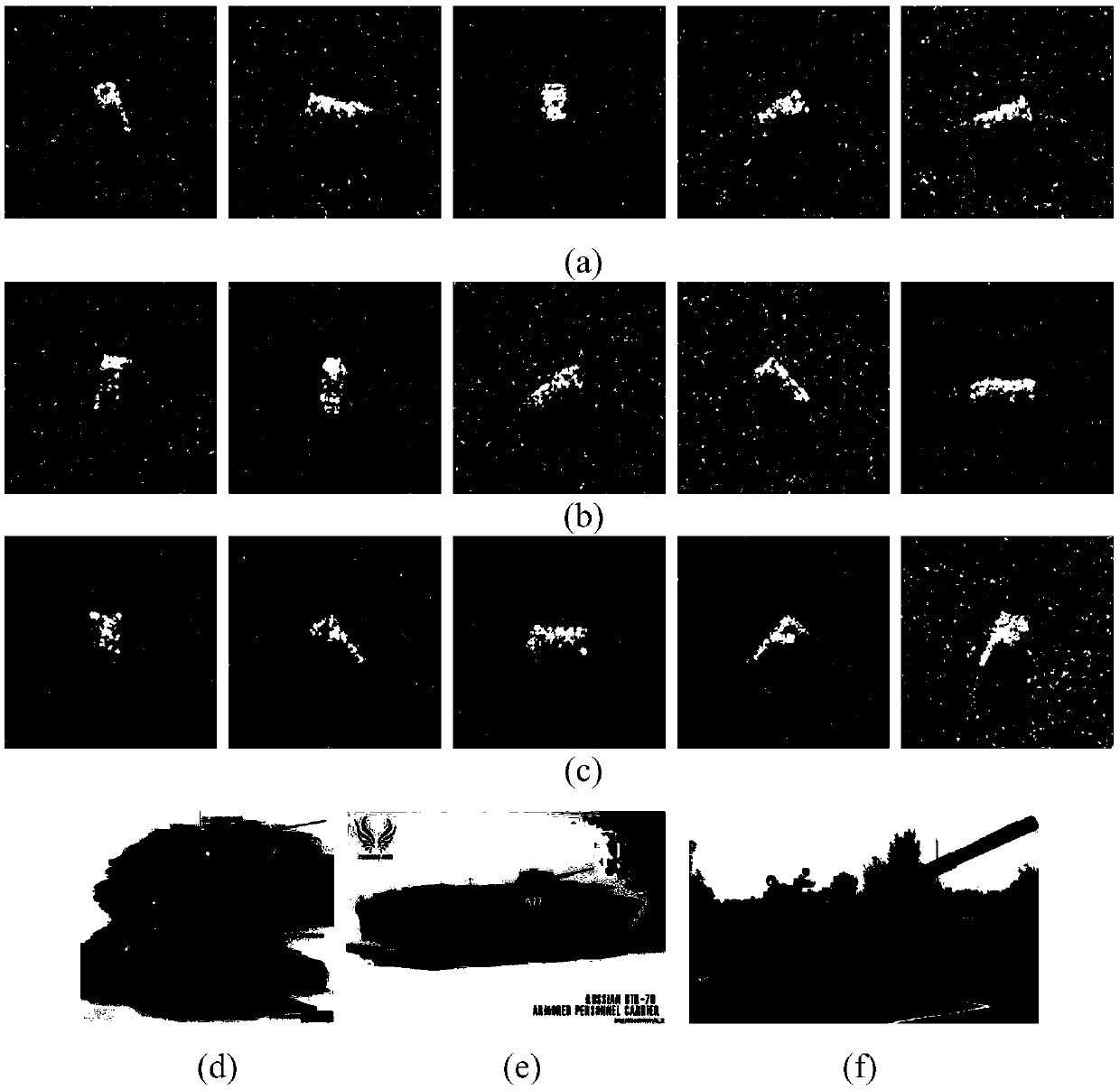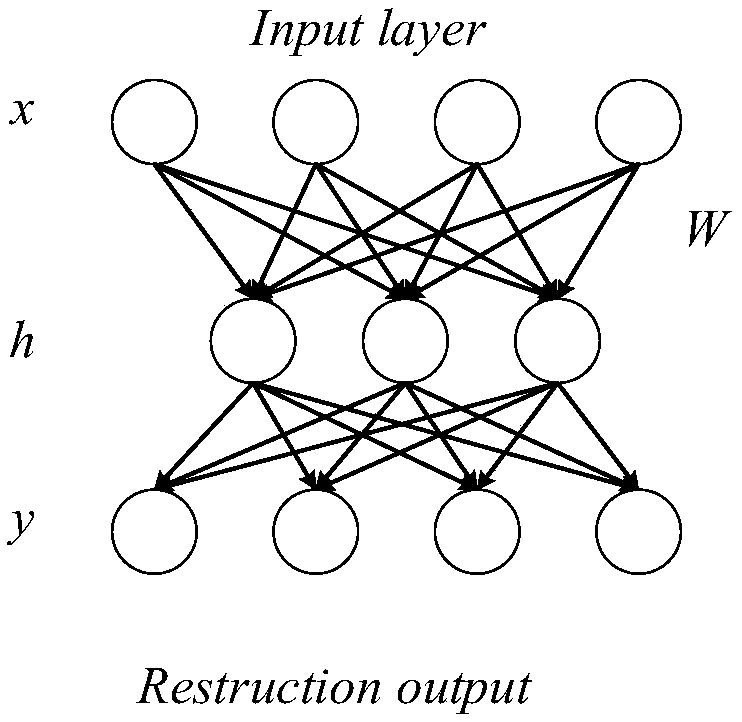Guided filter and auto-encoder-based SAR target recognition algorithm
A self-encoder and target recognition technology, applied in the field of image processing systems, can solve problems such as low network training efficiency, difficult to achieve SAR targets, and prolonged network training time
- Summary
- Abstract
- Description
- Claims
- Application Information
AI Technical Summary
Problems solved by technology
Method used
Image
Examples
Embodiment Construction
[0066] Now in conjunction with embodiment, accompanying drawing, the present invention will be further described:
[0067] The hardware environment used for implementation is: the experimental environment is Intel(R) Core(TM) i5-3230M CPU@2.6GHz, the memory is 4GB, and MATLAB R2016a is used for programming. The experimental data of the present invention adopts the actually measured SAR ground stationary target data published by the MSTAR project supported by the U.S. Defense Advanced Research Projects Agency (DARPA). The sensor used to collect the data set is a high-resolution spotlight synthetic aperture radar with a resolution of 0.3m×0.3m. Working in the X-band, the polarization used is HH polarization. Process the collected data and extract 128×128 dataset images containing various targets.
[0068] Most of the data are SAR slice images of stationary vehicles, including target images acquired by various vehicle targets at various azimuth angles. The data set contains a ...
PUM
 Login to View More
Login to View More Abstract
Description
Claims
Application Information
 Login to View More
Login to View More - R&D
- Intellectual Property
- Life Sciences
- Materials
- Tech Scout
- Unparalleled Data Quality
- Higher Quality Content
- 60% Fewer Hallucinations
Browse by: Latest US Patents, China's latest patents, Technical Efficacy Thesaurus, Application Domain, Technology Topic, Popular Technical Reports.
© 2025 PatSnap. All rights reserved.Legal|Privacy policy|Modern Slavery Act Transparency Statement|Sitemap|About US| Contact US: help@patsnap.com



